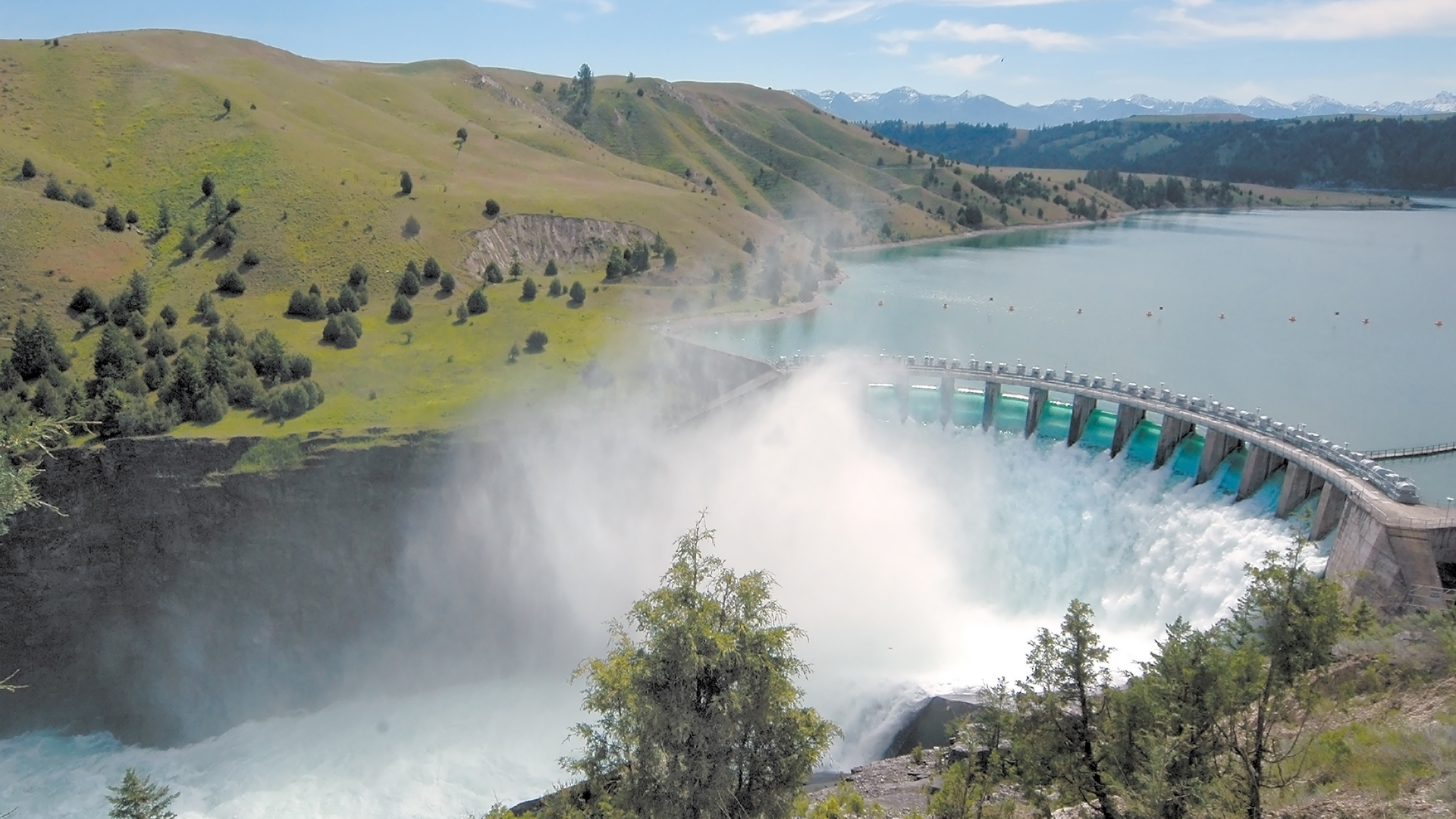Recently, Paul Krugman shared his thoughts about the decline of rural America: “There are powerful forces behind the relative and in some cases absolute economic decline of rural America — and the truth is that nobody knows how to reverse those forces.” One place in America’s heartland – Indian Country – shows surprising progress in tempering that decline and may offer a positive part of the solution for rural America.
What’s different about Indian Country? In short, tribal sovereignty, land, and culture. By Indian Country, I mean the 573 self-governing Native American and Alaska Native communities and reservations that span more than 60 million mostly rural acres throughout the United States.
And by progress, I mean that Indian Country is a distinctively important component of the U.S. economy. For example, collectively tribes comprise the 13 largest employers in the United States, with tribal casinos and other reservation businesses employing more than 700,000 employees (Stevens 2019), providing decent benefits and job training opportunities, and making significant contributions to regional and local economies.
Fueled in large part by tribal government gaming, incomes of American Indians on reservations are increasing. Indeed, they realized a 48 percent increase in real per capita income from 1990 to 2018 (from $9,650 to $14,355) compared to a nine percent increase for all Americans. During this time, casino revenue showed a marked increase from barely a billion in 1990 to $32.5 billion in 2018. Most of the revenue is spent away from the casino, demonstrating the significant spillover effect of reservation economies in supporting the local workforce and generating tax revenue.
Importantly, for households previously in poverty, per capita payments from casino revenues have had significant positive impacts. For example, there’s some evidence that these payments have increased high school graduation rates by almost 40 percent, years of education by age 21 by over a year, decreased arrest rates, and children are more likely to vote as adults (Akee 2019). In addition, people living in counties with tribal government casinos have decreased rates of smoking, heavy drinking, and obesity (Wolfe et al 2012).
Indian Country as a whole is growing. According to the U.S. Census, there are more than five million American Indians and Alaska Natives, making up almost 2 percent of the population (2.9 million identify as solely American Indian or Alaska Native, and another 2.3 million identified as multiracial). The Native population rose by 1.1 million, or 26.7 percent, between the 2000 and 2010 census. That’s much faster than the general population growth of 9.7 percent. While an important part of this population trends toward urban centers, Native people move freely and frequently from homelands to urban areas and back again; so do their ideas. Urban centers like Minneapolis–Saint Paul serve as cross-tribal hubs of innovation, creativity, and connection for all of Indian Country and the Native population.
To be sure, Native Americans and Alaska Natives on reservations and villages continue to face some of the most severe socio-economic statistics of any race or ethnicity. About 25 percent of Native Americans on reservations lived in households with incomes below the federal poverty level, compared with 16.4 percent of Americans living in non-metropolitan areas overall.
Aside from the severe underfunding of federal trust obligations and the gap-filling casino revenue, most tribes lack an adequate independent revenue source to support their communities. The curtailed uptake on economic development is due in large part to the land, which is tied up in bureaucratic oversight and its potential not readily accessible. Casinos, by the way, were an innovative solution to impediments to using trust land productively; tribes seized upon a terrific economic opportunity to exercise self-governance and generate revenue.
While economies are growing in Indian Country, there is an obvious need for more substantial growth to catch up to even the rural average and to diversify firms and industries. The trick will be once again thwarting the long arm of history of Indian Country, the quixotic and often inconsistent political drivers that operate at the expense of Native communities and impede economic development.
Here is where Indian Country potential becomes part of the rural coalition – Indian Country can be a positive part of the solution (or at least mitigation) for rural America. Why? First, reservations are inherent homelands for American Indians, creating intergenerational ties to the land and thus a rooted population that can help temper the general depopulation trend. Second, reservations have important economic strengths to offer rural America, including the ability to attract tourist dollars (from casinos but also amenities and culture), agriculture and natural resources (minerals, forests, water), and unique access to federal funding sources (e.g., Indian Health Service facilities, which could become rural health anchor institutions, United States Department of Housing and Urban Development housing loans, and a slew of United States Department of Agriculture rural utility and community facilities programs).
Many tribes from east to west are making a difference in their rural communities. For example, the Confederated Salish and Kootenai Tribes of the Flathead Reservation in northwest Montana, governing over one million acres, have established a community bank, created several successful tech-related businesses, and have assumed ownership of Séliš Ksanka Ql'ispé Dam (formerly known as Kerr Dam), the regional hydroelectric power plant. The White Mountain Apache Tribe of the Fort Apache Reservation in Arizona, with a land area of 2,627 square miles and a population of 12,429 people, operates a world-class wildlife program and professionally manages a vast forest system.
From Traverse City, Michigan to Kinder, Louisiana, Kyle, South Dakota and Neah Bay, Washington, tribes are a significant part of the economic geography of rural America, and they have opportunities to become even more important force going forward.
Patrice H. Kunesh is the director of the Center for Indian Country Development at the Federal Reserve Bank of Minneapolis. She has extensive experience representing American Indian tribes throughout the country. Patrice, who is of Standing Rock Lakota descent, began her legal career at the Native American Rights Fund. She then served as in-house counsel to the Mashantucket Pequot Tribe and on the faculty at the University of South Dakota School of Law. Most recently, Patrice held appointments as the Deputy Under Secretary for Rural Development at the U.S. Department of Agriculture and as the Deputy Solicitor for Indian Affairs at the U.S. Department of the Interior.
Patrice received a Juris Doctor from the University of Colorado School of Law and a Master of Public Administration from the Harvard School of Government.






